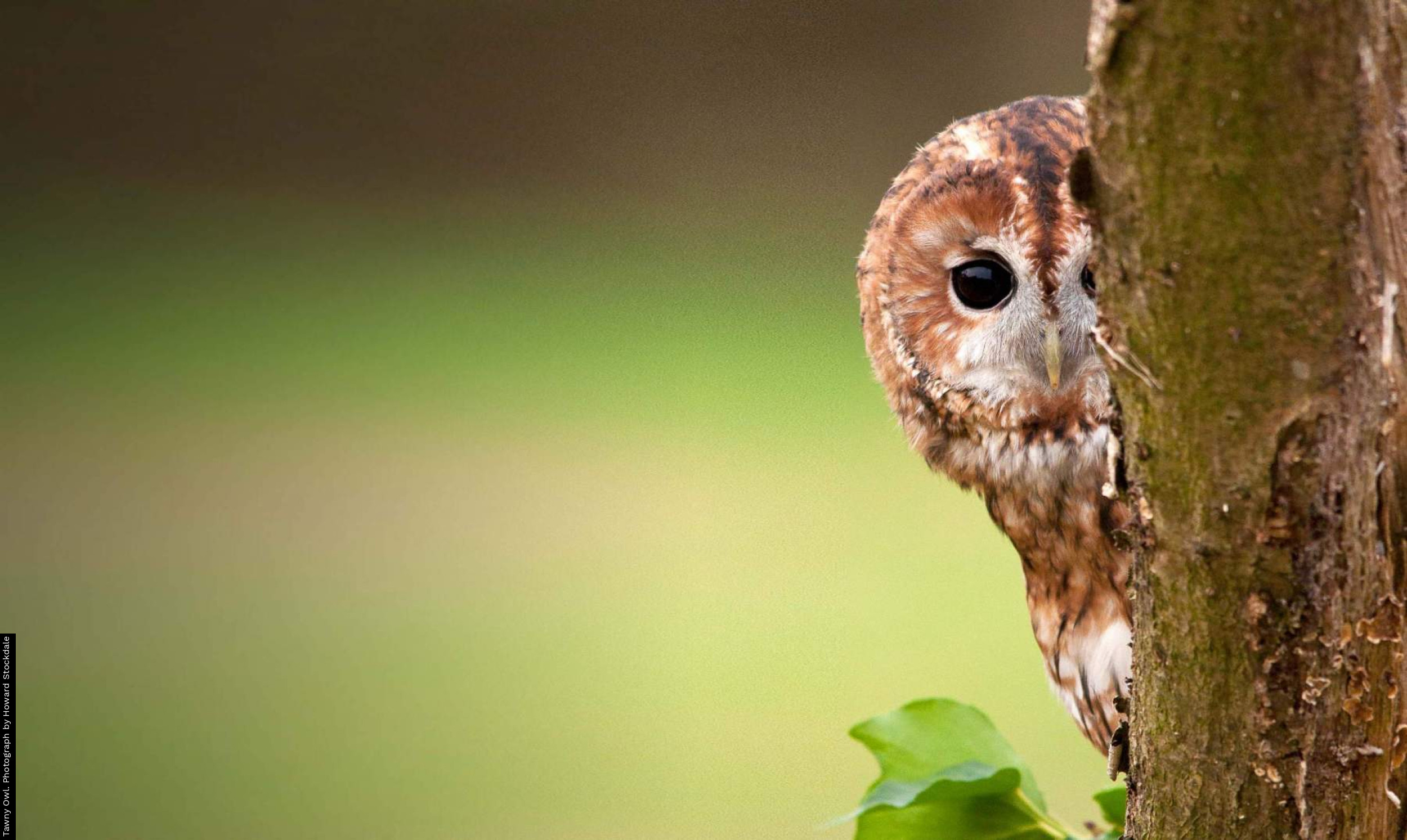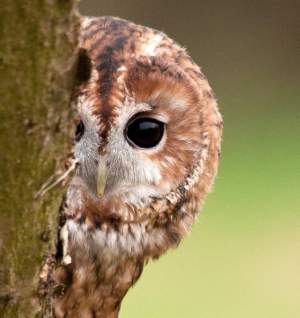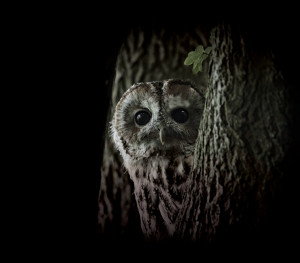About Project Owl
During 2017-2019 we ran the BTO Owl Appeal followed by Project Owl - a set of interrelated research on our nation's Owls. The appeal funded an exciting programme of research and engagement work and will provide long-term support to our skilled volunteer bird ringers and nest recorders.
Our Owls
Although the distribution of Tawny Owl has changed little over the last 40 years, Breeding Bird Survey data suggest that the population is declining. We started the Project Owl research by repeating two specially-designed Tawny Owl surveys carried out more than a decade ago to find out more about their patterns of occupancy/abundance and how they use different habitats. You can find out more information about the Tawny Owl Point Survey and the Tawny Owl Calling Survey on their respective webpages.
Data collected for Bird Atlas 2007-11 has shown a worrying contraction in geographical range, and decline in abundance for Short-eared Owl. This species shows the second greatest decrease in absolute number of 10-km squares in Scotland between 1988/91–2008/11. We urgently need to learn more about its breeding ecology and movements outside of the breeding season. The results from the most recent set of tracking data are expected in the near future so keep an eye out for exciting news on this subject which we hope to build on with future tracking.
Long-eared Owl is one of our most poorly monitored species in Britain and Ireland. We know how its range in different areas has changed from atlas work, but there is no information on population trends. A small number of volunteers already undertake local studies during the breeding season to monitor nesting success, and there is potential to build on this.
There is much more to learn about Barn Owl and Little Owl too, neither having been specifically surveyed at a national scale to assess range or abundance since the mid-1990s. There is also a degree of uncertainty around the representativeness of more recent population trends produced by Breeding Bird Survey for Barn Owl and Little Owl because people are less likely to encounter them during the daytime, when this survey is carried out.
Current and Planned Project Owl Work
We had ambitious plans for work on owls, some of which is ongoing:
- The Tawny Owl Point Survey: This structured Tawny Owl survey ran from mid-August to mid-October 2018 as an enhanced comparable repeat of past surveys in 1989 and 2005. It helped provide reliable data on Tawny Owl presence and numbers in sample tetrads (2x2 km squares) using methods which can be repeated in future years. From this, we can accurately assess trends in the occupancy and population of our commonest but often elusive owl species across different regions and habitats. This survey required volunteers to visit pre-selected squares for two visits in autumn 2018. Some provisional results can be found here indicating a slight but significant decline and we hope to release more complete results in the near future.
- The Tawny Owl Calling Survey: This Tawny Owl survey, repeated the approach adopted in 2005/06 for the Garden BirdWatch Tawny Owl Calling Survey and focusing on changes in Tawny Owl calling behaviour overwinter and with different levels of urbanisation. The survey started on the 30th of September 2018 and run until the 30th of March 2019. It was suitable for all volunteers who have regular access to a garden, park or any other area that may have Tawny Owls and can be visited repeatably and used a 20 minute evening listening period once a week. The survey was for anyone with even a vague interest in owls and provisional results will be released soon.
- Owl Demographic Monitoring: Developing and supporting both new existing volunteer networks to collect larger quantities of high-quality information on aspects of their biology such as clutch size, brood size, laying date and adult survival, which will help us understand the reason for population changes we are observing. Working closely with bird ringers and nest recorders we are carrying out as well as local communities to enhance the ways that their valuable work can inform conservation. As part of this guidence documents were produced for our box using owls which are included in the relevant Learn About Owls pages.
- Short-eared Owl Research: Building on the pilot research being carried out on Short-eared Owls in Scotland to deliver a better understanding of home range, habitat use and year-round movements. This will involve a combination of BTO staff and potentially interested volunteers. Find out more about the Short-eared Owl tracking project here.
- Long-eared Owl Research: Gaining a better understanding of the ecological requirements of the very secretive Long-eared Owl by testing field methods for surveys, and by then building the skills and interest of volunteers to promote more detailed studies in those parts of Britain and Ireland of particular importance to the species. This will mainly involve volunteers with a particular interest in this species and has focused on increasing awareness and reporting rates.
How you can help
Donating to our Owl appeal will greatly help us in organising this body of research.
You can also take part in our Tawny Owl surveys starting this autumn which are suited to both expert and novice birders alike.
Keep an eye our e-Newsletter, BTO News members magazine, website, social media and birdwatching magazines out for additional opportunities in the future to volunteer with and learn about our future research plans as they develop. We will work with ringers and nest recorders through established channels.








Share this page